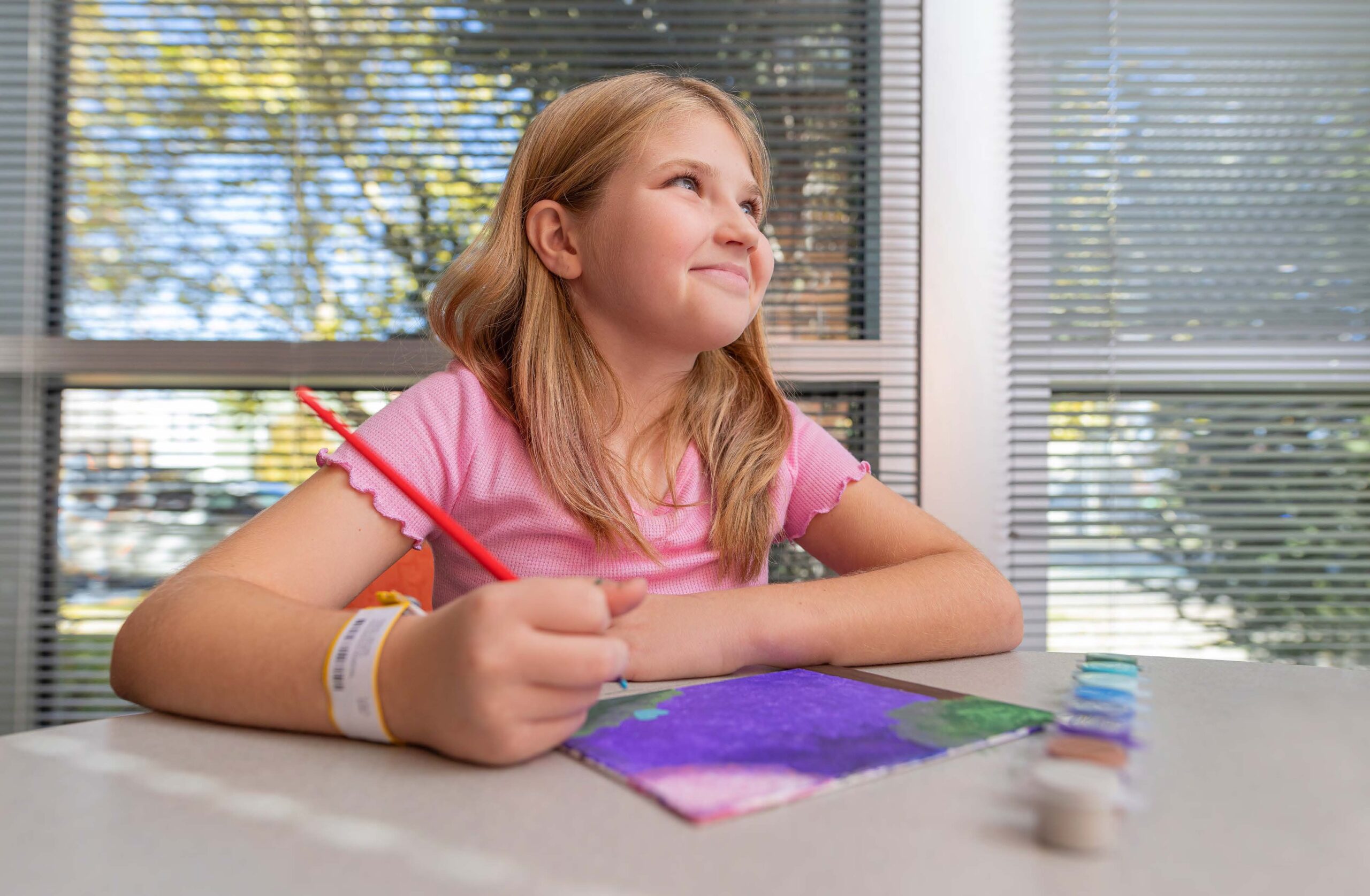
Parents and caregivers are dealing with many new changes – some are working remotely, schools are transferring to online education or children are learning from home while parents may still need to go to work. These changes in routine and new distractions may pose unique challenges to keeping children safe from unintentional injuries.
Across the country, children between the ages of 1 and 4 are at the highest risk for unintentional drowning and this is the leading cause of death for children in this age group. Florida leads the nation in the number of child drownings and many of them happen at home. Safe Kids Florida Suncoast recommends several ways to apply layers of protection throughout your home to prevent these injuries.
A silent threat
It’s important to know that drowning is silent. A child may go under water and when he or she comes up may only have a second to take a breath. This is contrary to the popular images from movies and TV where the victim of drowning screams or cries.
Young children also move fast and sometimes undetected. We often hear of a parent who thought a child was in another room or napping but later found the child had fallen into the pool.
How to prevent drownings in home pools
So how do we prevent these tragedies? Here are some tips for children being cared for in a home with a pool:
Have a clear view of home pools. Adults should have a clear view of their pool from inside the home.
Create barriers and use pool safety devices. You should have several barriers to prevent children from exiting the home, such as locks that are high up on doors, childproofing on doors and alarms that are turned on. It is not necessary to have a home security alarm. Families can get relatively low cost alarms that attach to the door at online retailers.
There are also alarms that go in the pool that will sound when someone enters the water, and pool safety covers that go over top when the pool isn’t in use. However, it’s important to remember that no device should ever take the place of close, careful supervision, and designating a water watcher when near the pool.
Install pool safety devices. All residential pools should be surrounded by a fence with self-closing, self-latching gates. Keep outdoor furniture away from the fence, so children can’t easily climb over the fence. If you hear the child pushing the furniture it may alert you that they are moving outside. It may also buy you some time to prevent them from getting in the water. Also remove all toys and floating objects from the pool, so it is less tempting to a child.
Don’t forget pet doors. Pet doors are also ways children might exit a home. The size of these doors can be deceiving and many children are able to fit through them. Adults should pay extra attention to these areas that are not easily child proofed.
How to prevent water injuries in bath tubs and other areas
Bathtubs and other bodies of water can pose a risk to children under the age of 1 year. Following some simple steps can help prevent drownings in infants and young children.
Never leave a child alone near water. Whether they are in a bath tub or near another body of water — no matter how small — do not leave children unattended, not even for a minute. Also keep your toilet seat closed and locked. Children can drown in a very little amount of water.
Identify other bodies of water. Other bodies of water around the home, such as lakes, a neighbor’s pool, and canals or creeks may pose additional dangers. Identify these other risks and remember to keep children inside of your home and know if they are exiting — even unintentionally.
If you are not caring for children in your home, make sure children in your neighborhood cannot access your pool. Lock your pool cage and install an alarm on your yard fence in case a child wanders out of his or her home and finds the way to your pool.
Designate a water watcher. The water watcher is a responsible adult who agrees to watch the children in the water without distractions and will wear a water watcher card. After a certain amount of time, the water watcher card is passed to another adult to take over the active supervision. To request a water watcher card, email achsafekids@jhmi.edu.
Know the basics of swim safety. While swimming lessons may not be widely available in your area, it is important to teach children the following five survival skills recommended by Safe Kids Worldwide while supervised by an adult:
- Step or jump into water over your head and return to the surface.
- Float and tread water for one minute.
- Turn around in a full circle and find an exit from water.
- Swim 25 yards to the exit.
- Exit from the water. In the pool, be able to exit without a ladder.
First aid basics like CPR are also important. While in-person CPR certification classes may not be available, the American Heart Association and the American Red Cross offer digital resources for hands-only CPR. Do not forget to call 911 before starting CPR.
Petra Vybiralova is the Safe Kids supervisor at Johns Hopkins All Children’s Hospital. Safe Kids Florida Suncoast, led by Johns Hopkins All Children’s, is a coalition of community organizations and partners committed to reducing the frequency and severity of injuries and fatalities to children.





